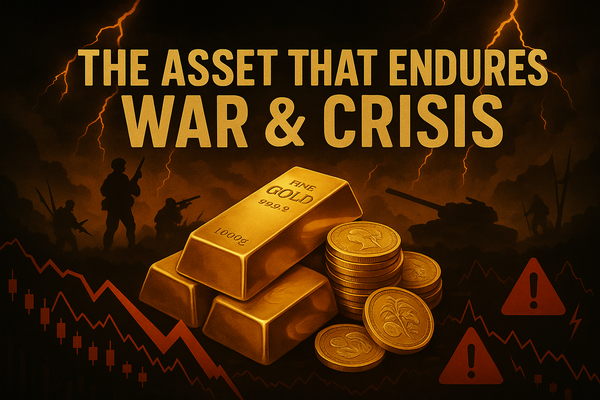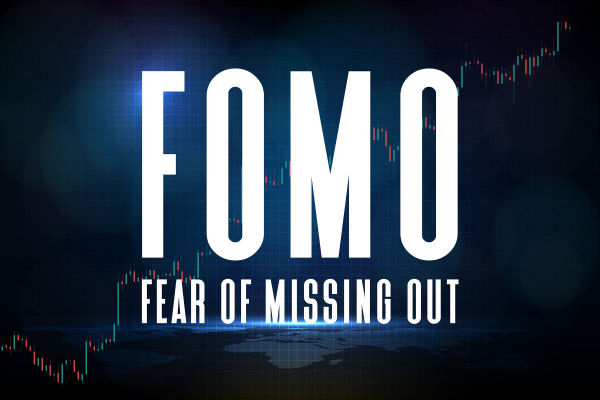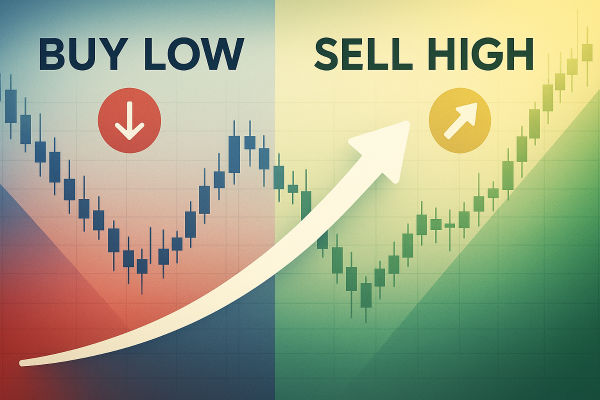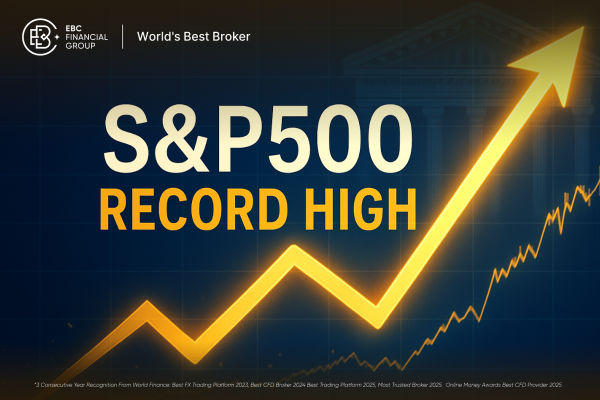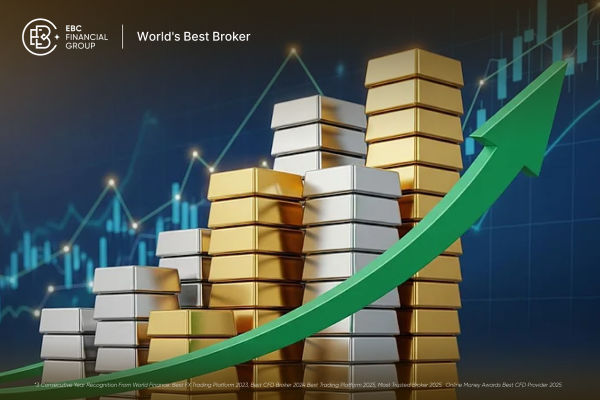When chaos strikes the global markets, be it war, economic crisis, or soaring inflation, seasoned traders turn to one time-tested asset: gold. Precious, portable, and nearly impervious to political turmoil, gold has been a financial lifeline for centuries. In the fast-paced, often unpredictable world of trading, understanding why gold consistently stands out can give you a powerful edge.
Why Gold Stands Strong in Turbulent Times
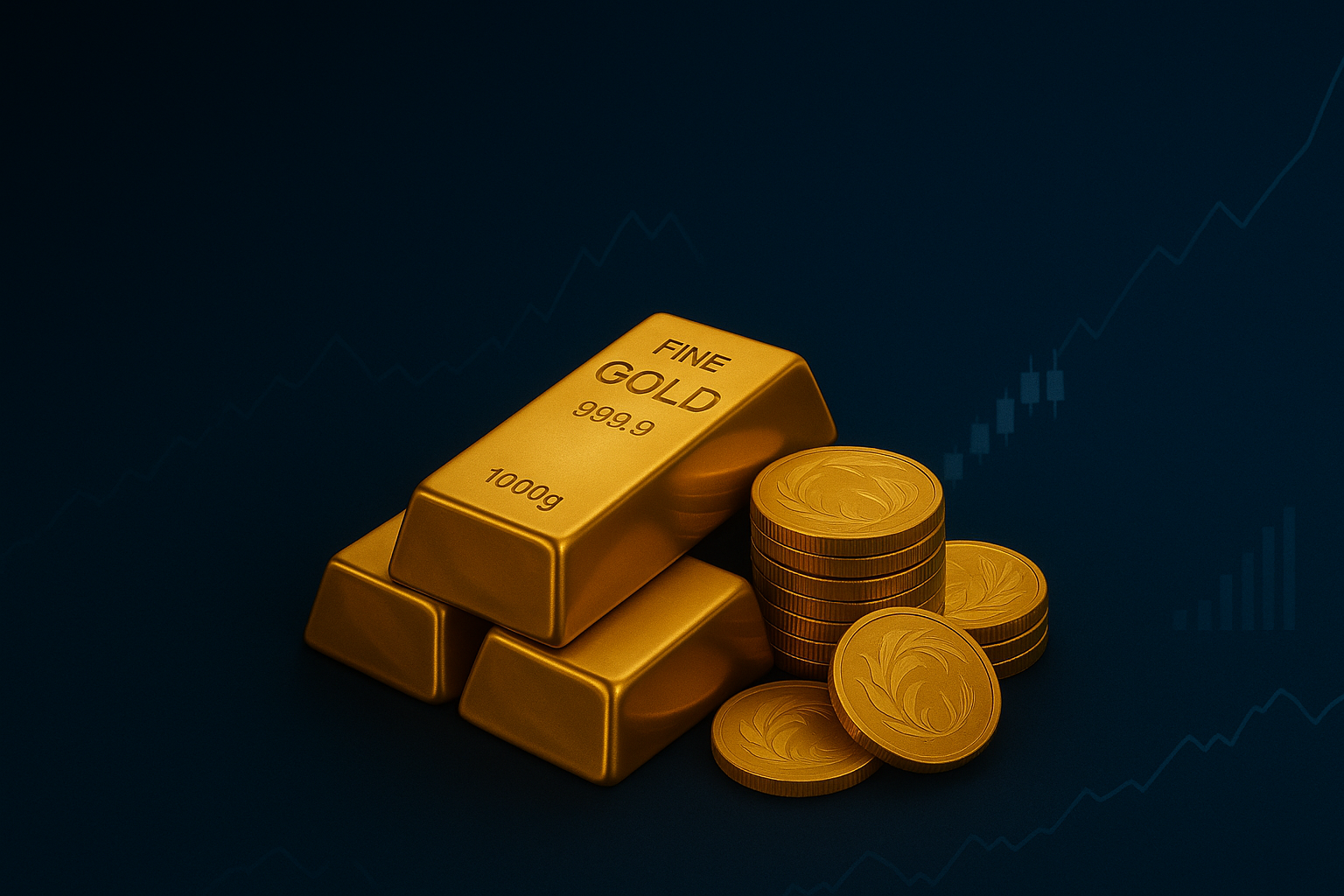
Throughout history, gold has been synonymous with stability and value. In periods marked by war or economic collapse, other assets may falter, but gold retains, or even increases, its worth. Unlike fiat currencies that can be printed at will, gold's supply is naturally limited, making it immune to the kind of inflationary pressures that erode the value of paper money.
Gold vs USD: Tracking the Trusted Safe Haven
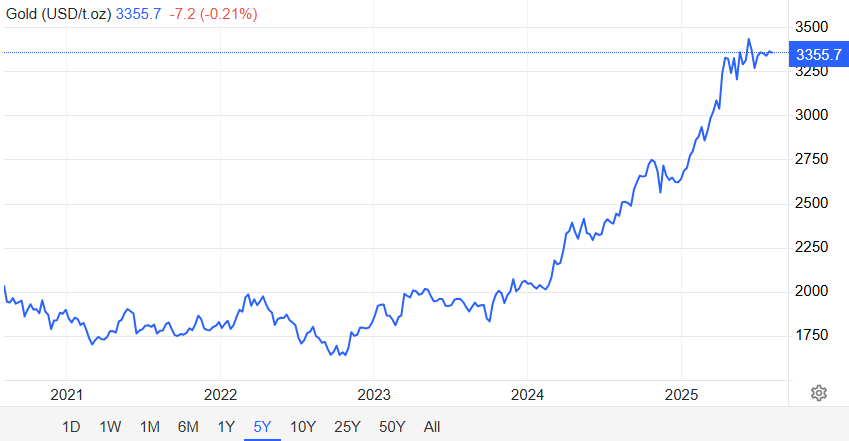
One of the most critical currency pairs watched by traders is Gold vs USD. When the US dollar weakens due to monetary easing or fiscal instability, gold often rallies. Conversely, a strong dollar can cap gold's upward movement, but rarely erases its enduring appeal. Traders must watch for macroeconomic signals, like interest rate decisions from the US Federal Reserve, economic data releases, or geopolitical escalations, that can trigger sharp moves in the gold market versus the dollar.
Trading Gold in Today's Market
Market Access Points
There are several ways to gain exposure to gold:
-
Physical bullion and coins: Offers direct ownership and security, but comes with storage and insurance challenges.
-
Gold ETFs (Exchange-Traded Funds): These funds replicate the price of gold and are popular for their liquidity, low entry barriers, and simplicity. Trading gold via ETFs is a preferred approach for many retail traders.
-
Futures and options: Used for leveraged exposure and advanced hedging strategies, but require careful risk management and an understanding of contract specifics.
Gold mining stocks: Provide indirect exposure. While correlated with gold prices, these also reflect company-specific factors.
Advantages of Trading Gold ETFs
Gold ETFs make gold trading accessible to a wider group of investors. They allow for:
-
Instant diversification within a portfolio.
-
High liquidity, enabling fast entry and exit.
-
Transparent pricing is closely tied to spot gold rates.
Lower transaction and holding costs compared to physical gold.
As gold's popularity grows, ETFs listed on exchanges worldwide provide unprecedented access to this hard asset.
Gold Forecast: What's Next for the Metal?
Forecasting gold's future requires a close look at global economic trends, political risks, and market psychology.
-
Inflation: Persistent price increases bolster gold demand as investors seek tangible value.
-
Geopolitical conflicts: Tensions, such as ongoing regional wars or trade disputes, increase global risk aversion and drive funds toward gold.
-
Central bank actions: With many countries accumulating gold reserves, official purchases can set the floor for gold prices.
Interest rates: While rising yields can challenge gold (which yields no interest), ongoing threats to financial stability often maintain its appeal.
Professional forecasts for gold are cautiously optimistic. Analysts see potential for continued strength should inflation or instability escalate, though short-term corrections remain natural in any bull cycle.
Practical Guide: Key Tips for Trading Gold
1. Monitor Global Events
Whether you're trading gold spot, futures, or ETFs, always pay attention to macroeconomic and geopolitical events. Prompt reactions to central bank policies or surprises from economic data (especially in the US) can offer strong trading opportunities.
2. Watch the Gold vs USD Correlation
Track the gold vs USD pairing as it's a key sentiment gauge for financial stability. A falling US dollar usually supports gold, while dollar strength can be a headwind. This relationship is especially pronounced during times of crisis.
3. Leverage Technical Analysis
Gold's price patterns often reflect psychological support and resistance levels. Use moving averages, candlestick formations, and momentum indicators to refine entries and exits.
4. Explore Gold ETFs for Flexibility
If you want a cost-effective way to gain exposure without the complications of storage, gold ETFs could be an ideal solution. They trade like stocks and provide easy diversification. Always check the ETF's expense ratio, volume, and physical gold backing before investing.
5. Diversify Within Your Portfolio
Even when the gold forecast looks strong, avoid concentrating entirely on gold. Blend physical gold, ETFs, and potentially gold miners to manage risk and seize varied opportunities.
Case Study: Gold Trading During a Crisis
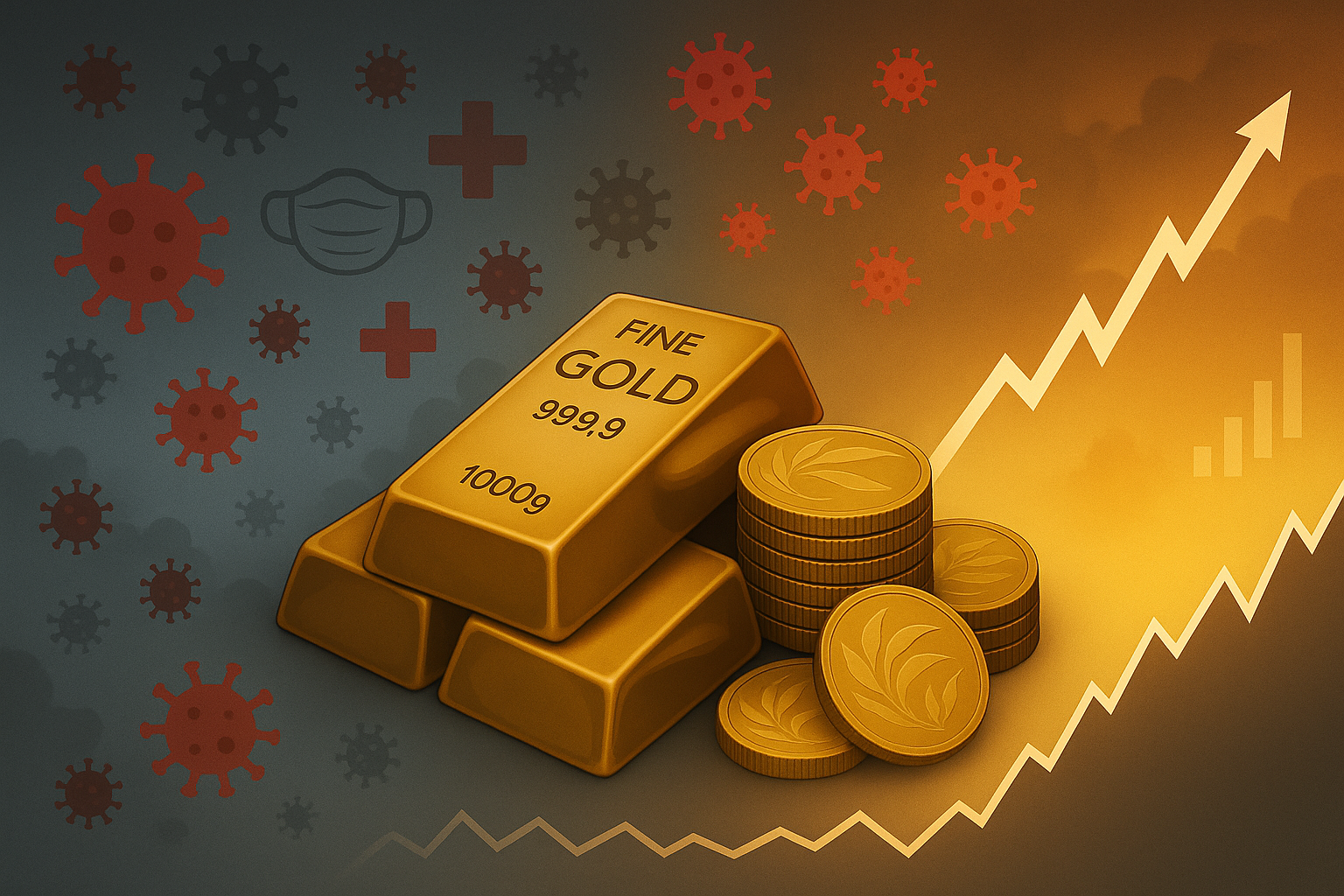
During the 2020 global health crisis, gold tested new highs as investors rushed for protection amid uncertainty. Those monitoring both gold vs USD and gold ETF flows saw record volumes, and traders who anticipated prolonged stimulus measures captured significant gains. This example highlights gold's reliability as a crisis hedge and the importance of tailoring your strategy to the current macro environment.
Risks to Consider
While gold's reputation as a safe haven is well deserved, it is not free from risks. Short-term volatility can be substantial, especially during sudden shifts in USD strength or when risk sentiment swings. Leverage in futures trading can magnify losses as quickly as profits. Lastly, the price of gold can stagnate when other assets outperform, leading to opportunity costs.
Conclusion: Gold's Role in Uncertain Times
In the ever-evolving world of trading, gold stands as a beacon of security and value, even as wars rage, inflation bites, or crises unsettle markets. Utilising gold trading tactics, keeping an eye on gold vs USD dynamics, leveraging gold ETFs, and studying gold forecasts can all empower traders to navigate uncertainty and capitalise on this enduring asset's unique strengths.
Disclaimer: This material is for general information purposes only and is not intended as (and should not be considered to be) financial, investment, or other advice on which reliance should be placed. No opinion given in the material constitutes a recommendation by EBC or the author that any particular investment, security, transaction, or investment strategy is suitable for any specific person.
